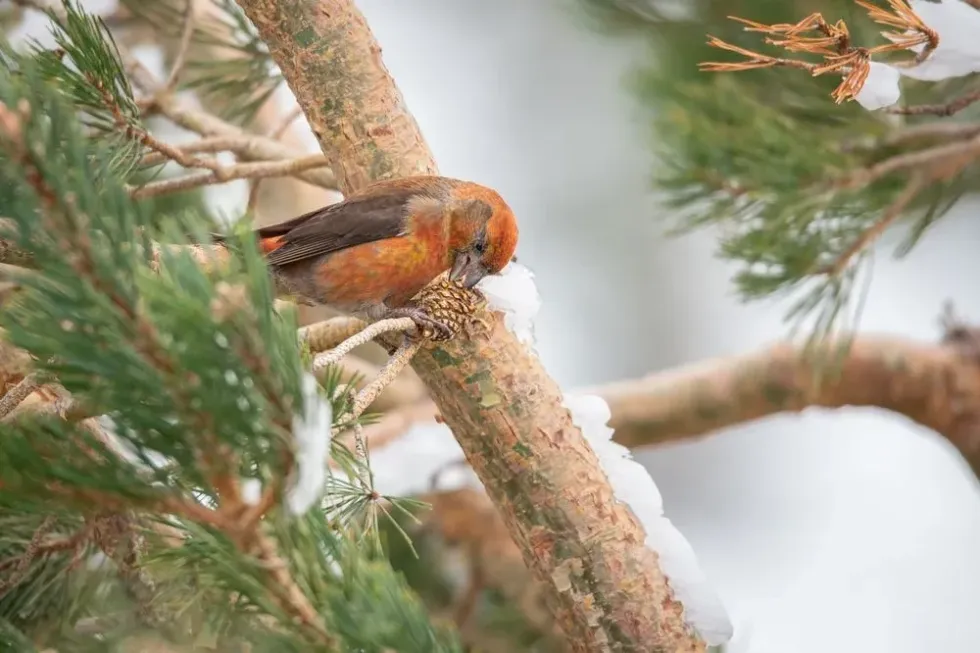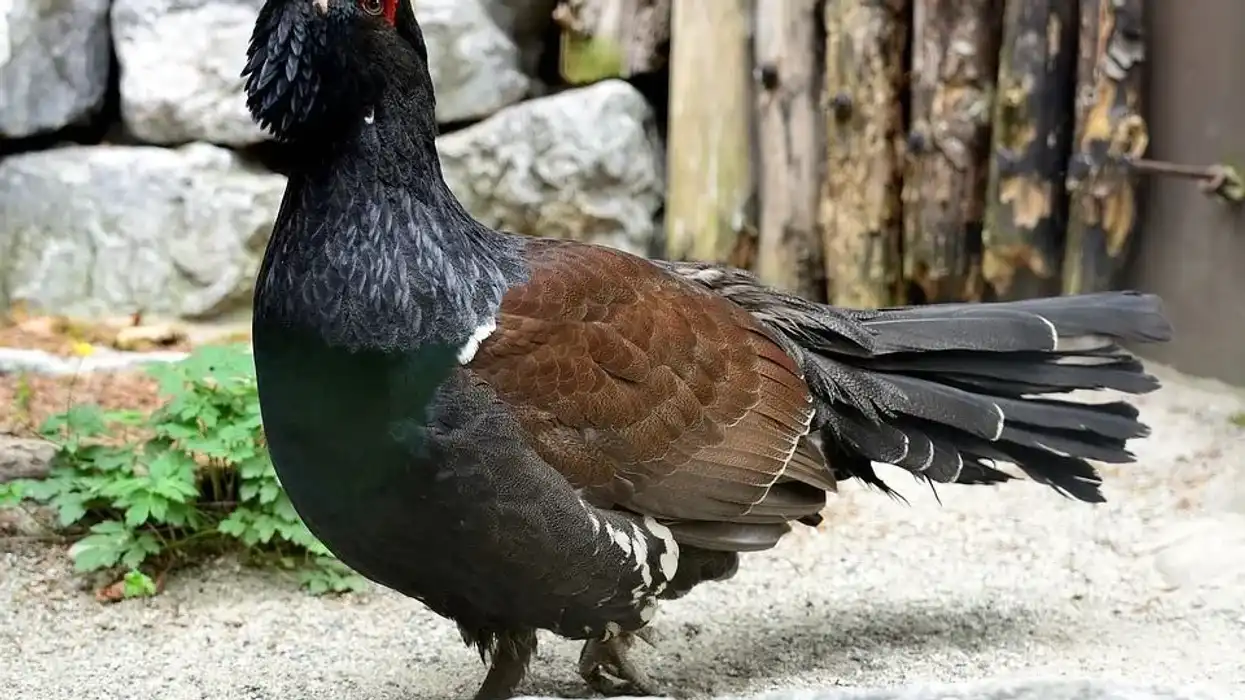If you are looking for rare birds in Scotland, then the Scottish Crossbird is your perfect match! Found in the conifer forests of Scots Pine, Scotland, this green or yellow bird is endemic to the British Isles, meaning, that they are not found anywhere else in the world.
This also means that they are protected under various wildlife laws, so you can definitely look at them in their habitat, but can not take them home as pets.
Even though their population jas reached dangerously low levels, there is little to no concern about their status in the IUCN List, because of their breeding skills. These birds can breed all year round, and have a very high success rate in having babies.
Since they also have next to no natural predators around, it makes it easier for them to raise their children. They are, however, threatened by loss of habitat, climate change, and a host of other issues.
So if you want to read more about their habitat, their special bill, their favorite food, their distribution, and how common they are, then read on! Also, if you enjoy reading about such rare and unique species across the world, then make sure you take a look at the shoebill and the bee hummingbird.
Scottish Crossbill Interesting Facts
What type of animal is a Scottish Crossbill?
The Scottish Crossbill is a type of bird.
What class of animal does a Scottish Crossbill belong to?
The Crossbill belongs to the bird class.
How many Scottish Crossbills are there in the world?
According to the latest estimations in terms of population, there are less than 20,000 Crossbills in the world.
Where does a Scottish Crossbill live?
The Scottish Crossbill habitat is the Caledonian Forests in Scotland. It lives on top of tall, deciduous, or evergreen trees.
What is a Scottish Crossbill's habitat?
The Crossbill species is not a migratory bird species and lives only in certain portions of forests in Scotland, called the Scots Pine.
Who do Scottish Crossbills live with?
The population of this bird species, endemic to the British Isles, lives in relatively large flocks and pairs, with anywhere between 50-100 pairs living together, with even distribution across the area.
How long does a Scottish Crossbill live?
The Scottish Crossbill lifespan is approximately three to four years in the wild.
How do they reproduce?
The Crossbill will reproduce by breeding. The breeding can happen all year round, and after the breeding, the male takes over the food duties, while the females incubate the eggs.
What is their conservation status?
The Crossbills are marked as Least Concern by the IUCN Red List.
Scottish Crossbill Fun Facts
What do Scottish Crossbills look like?
The Scottish crossbills are small in size, with a curved bill. The males tend to be yellow-orange-red in color, whereas the females are more yellow-green-red in shade. They have sharp claws, small eyes, and a straight tail. The females are marginally smaller than the males.

*Please note this is an image of a common crossbill, a relative of the Scottish crossbill. If you've spotted a Scottish crossbill, let us know at hello@kidadl.com.
How cute are they?
This bird population from Scotland is very cute indeed! If you ever see them on a conifer in their endemic forests, be sure to say hello!
How do they communicate?
The Scottish Crossbill call is very loud and prominent and can be easily heard by fellow birds for at least a mile or more.
How big is a Scottish Crossbill?
This species averages between 6-7 in, which makes them roughly the same size as that of a robin. The Scottish Crossbill wingspan can go up to 12 in, which is not particularly impressive.
How fast can a Scottish Crossbill fly?
There has not been enough research into the population and the distribution of this species, and therefore, no solid numbers have come up regarding its flying speed.
How much does a Scottish Crossbill weigh?
The weight of the species is 1.5 oz. This bird is one of the lightest finches around.
What are their male and female names of the species?
There is no particular term for the male and female of the Crossbill birds.
What would you call a baby Scottish Crossbill?
There is no specific name for the Scottish Crossbill babies.
What do they eat?
The Scottish Crossbill diet is pine cone seeds. The pine cone seeds are often buried deep inside the pine cones, and the bill of this bird is uniquely suited to eating those seeds.
Are they dangerous?
No, these birds from Scotland pose no danger to anyone. However, they may be on the verge of being endangered, so we should put efforts towards conservation.
Would they make a good pet?
No, this species of Scottish birds are protected by the government of England since they are the only birds that are endemic to the British Isles. Therefore, it is illegal to take them from their native Scots Pine and have them as pets.
Did you know...
In Gaelic, the Scottish Crossbill is called the Cam-ghob. This name literally means 'squinty-beaked'. They earned this name because of the unique evolution of their beak.
The Scottish Crossbill's adaptations
The crossbill beak was not always this curved! This species had a straight bill, which then evolved into a curved one to help them easily pick the seed out of the pine cones they love.
Scottish Crossbill vs Common Crossbill
The most prominent difference between them is their call. The common crossbill has a lower-pitched call that travels shorter distances. The Scottish species, on the other hand, has a higher-pitched call that can travel further. In fact, it was this species' unique call that had it classified as a separate species of its own in 2006.
Here at Kidadl, we have carefully created lots of interesting family-friendly animal facts for everyone to discover! Learn more about some other birds including the macaw, or the red finch.
You can even occupy yourself at home by drawing one on our Scottish crossbill coloring pages.










